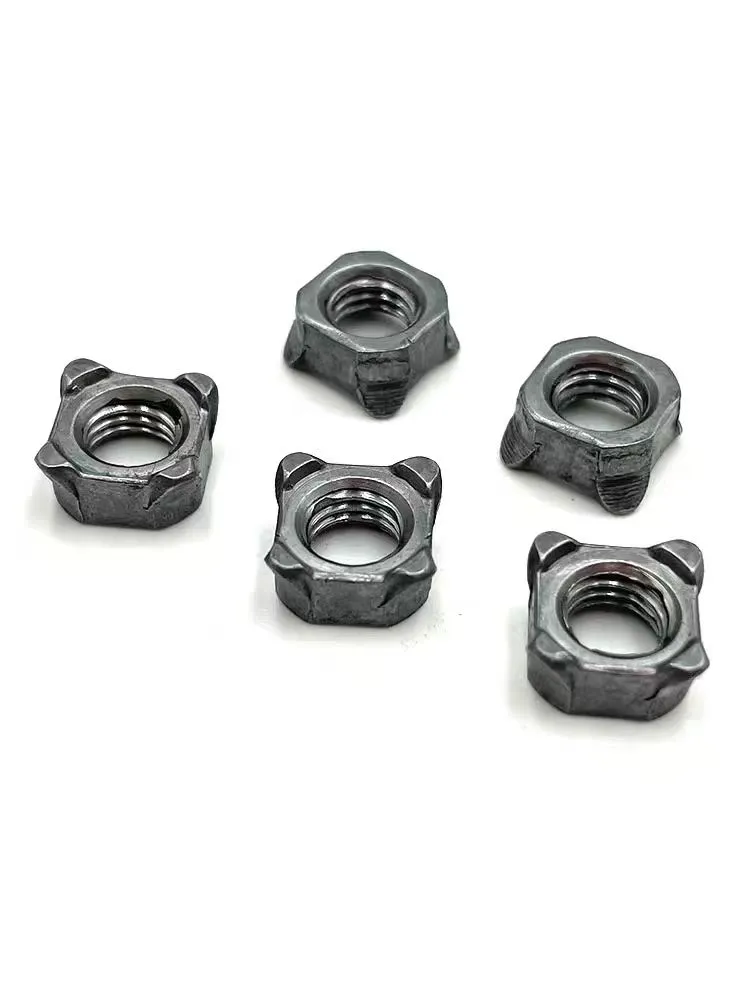

Washer Lock Spring Design and Application Guide for Enhanced Security Solutions
11月 . 27, 2024 00:31 Back to list
Washer Lock Spring Design and Application Guide for Enhanced Security Solutions
Understanding Washer Lock Springs A Key Component in Mechanical Assemblies
When it comes to mechanical assemblies, various components work together to ensure that machines operate efficiently and reliably. One such critical component is the washer lock spring. This seemingly simple part plays a significant role in maintaining the integrity of mechanical connections and preventing fasteners from loosening during operation. In understanding washer lock springs, their design, function, applications, and advantages become evident.
What is a Washer Lock Spring?
A washer lock spring is a type of spring designed to add tension and friction to a fastener connection. It typically consists of a steel or metal alloy that is formed into a specific shape to create a spring action. The design may vary, but many washer lock springs feature a coiled or curved structure that allows it to expand and contract under pressure while maintaining its grip. The primary function of a washer lock spring is to prevent screws, bolts, or nuts from loosening due to vibrations, thermal expansion, or other external forces.
How Washer Lock Springs Work
The operational principle of a washer lock spring centers around the spring's ability to exert pressure. When a nut or bolt is tightened, the washer lock spring is compressed against the surface of the connecting material. This compression serves two purposes it provides a strong initial clamping force and creates friction at the surface interface that resists rotational movement. The unique spring characteristics allow it to adapt to varying conditions, maintaining the necessary force even under dynamic loads.
Additionally, washer lock springs often feature special designs like serrated edges or grooves that enhance their locking capabilities. These features provide increased surface area and grip between the washer and the materials being fastened. As a result, they effectively counteract any loosening tendencies, especially in applications where vibrations are prevalent, such as in automotive, aerospace, or industrial machinery.
Applications of Washer Lock Springs
Washer lock springs find applications in a variety of industries and settings. They are commonly used in automotive assemblies, where the reliability and safety of mechanical connections are paramount. For example, they may be found in engine compartments, securing engine mounts, or in suspension systems where components face constant movement and stress.
washer lock spring

In aerospace, where the stakes are even higher, washer lock springs are critical in securing parts of aircraft engines, landing gear, and fuselage assemblies. Their ability to withstand extreme conditions while ensuring bolted connections remain intact is invaluable in ensuring flight safety.
Another notable application is in industrial machinery. Manufacturing equipment often operates under high vibration and heavy loads, making the use of washer lock springs essential in preventing failures due to loose fasteners. By ensuring tight and secure connections, these lock springs contribute to maintaining operational efficiency and reducing downtime.
Advantages of Using Washer Lock Springs
The benefits of incorporating washer lock springs in mechanical designs are numerous. Foremost among them is the enhanced reliability they offer. By preventing fasteners from loosening, washer lock springs reduce the potential for mechanical failure, which can lead to costly repairs and downtime.
Cost-effectiveness is another advantage. Preventing fastener loosening diminishes the need for frequent maintenance or replacement of components, saving both time and resources. Moreover, washer lock springs are relatively easy to install and can be integrated into existing designs without significant modifications.
Lastly, their versatility makes them suitable for a wide range of applications. Whether in small electronic devices or large industrial machinery, washer lock springs can be tailored to meet specific requirements, making them a preferred choice for engineers and designers alike.
Conclusion
In conclusion, washer lock springs may appear simple, but they are an indispensable component. Their ability to maintain tight connections in various applications underscores their importance in ensuring the safety and reliability of mechanical systems. As industries continue to evolve, the role of these springs is likely to remain vital in fostering innovation and precision in engineering.
Latest news
-
Premium Fasteners Manufacturer | AI-Driven Solutions
NewsAug.01,2025
-
Hot Dip Galvanized Bolts - Hebei Longze | High Strength, Corrosion Resistance
NewsAug.01,2025
-
High-Strength Hot Dip Galvanized Bolts - LongZe | Corrosion Resistance, Custom Sizes
NewsAug.01,2025
-
Best Self Tapping Screws for Drywall - Fast & Secure Installation
NewsJul.31,2025
-
High-Strength Hot Dip Galvanized Bolts-Hebei Longze|Corrosion Resistance&Customization
NewsJul.31,2025
-
Hot Dip Galvanized Bolts-Hebei Longze Metal Products|Corrosion Resistance&High Strength
NewsJul.31,2025

